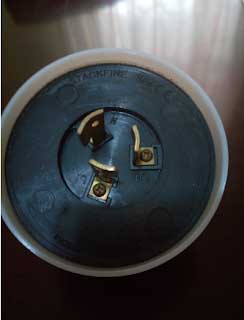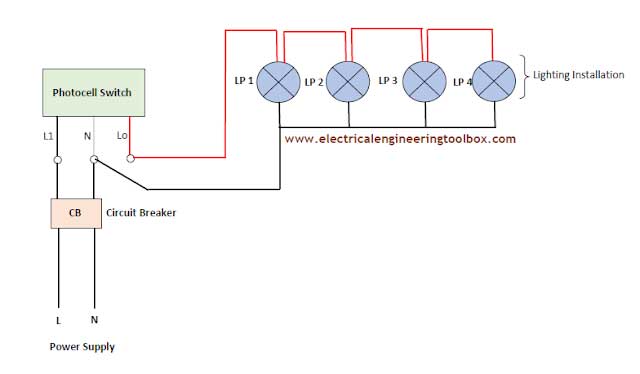Leading Photocell Switch Manufacturer & Supplier From China
- Motion sensors and photocells switch power on or off based on changing light levels or detected motion.
- They’re compatible with many different types of light fixtures, and some work with security systems.
- Save energy and enhance your home’s appearance and safety with these flexible controls.
This is Modal Title
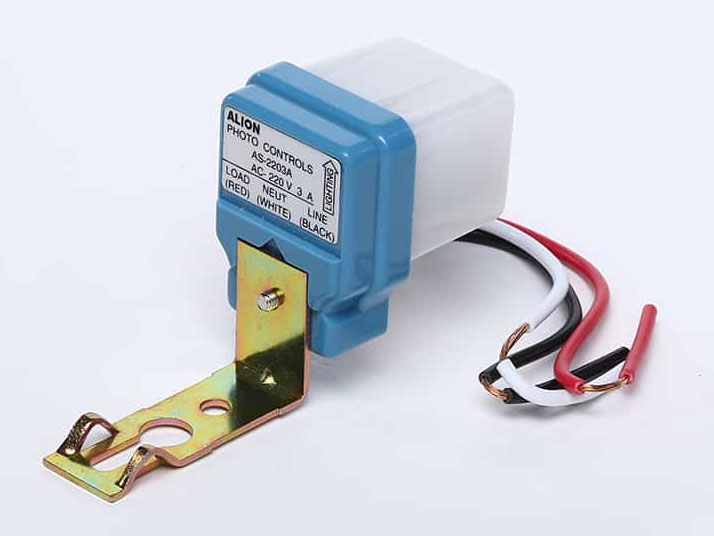
Custom Photocell Switch
ALION Photocell Switches can automatically sense natural light. So, this type of switch is convenient for energy saving in outdoor settings.
ALION Photocell Switches are practical when paired with outdoor lighting fixtures. This photocell switch will work in residential, commercial, and industrial settings. Since it can sense daylight, photocell switches can trigger lights to turn on when the sun goes down and vice versa. In other words, they control the load circuit based on the intensity of natural light. As a result, your home or business will be more energy-efficient. Mainly, that’s because you’ll be limiting power usage to only some parts of the day.
| Item | Our Offer |
|---|---|
| MOQ | 500 pcs |
| Sample #2 | Free sample can be provided for bulk order |
| Leading Times | Sample: 3-7 days; Bulk Order: 30-60 working days, depending on the qtys |
| Main Product | Time Swicth, Timer Relay, Modular Contactor, Hour Meter, Photocell Switch |
| Customize Logo | Accept |
| Warranty | 1 years |
Alion in Brief
- 25 years of timer switch production experience
- 10,8361m² factory area in Wenzhou
- 16 production lines to ensure a short turnover time
- 22 years of timer switch OEM experience
- 120 front-line employees in Alion
- 1880 OEM projects completed
- Export to 42 countries worldwide
- Supplier for companies like ABB, Chint, Perry, Hager, Finder, Hellermanntyton, and so on
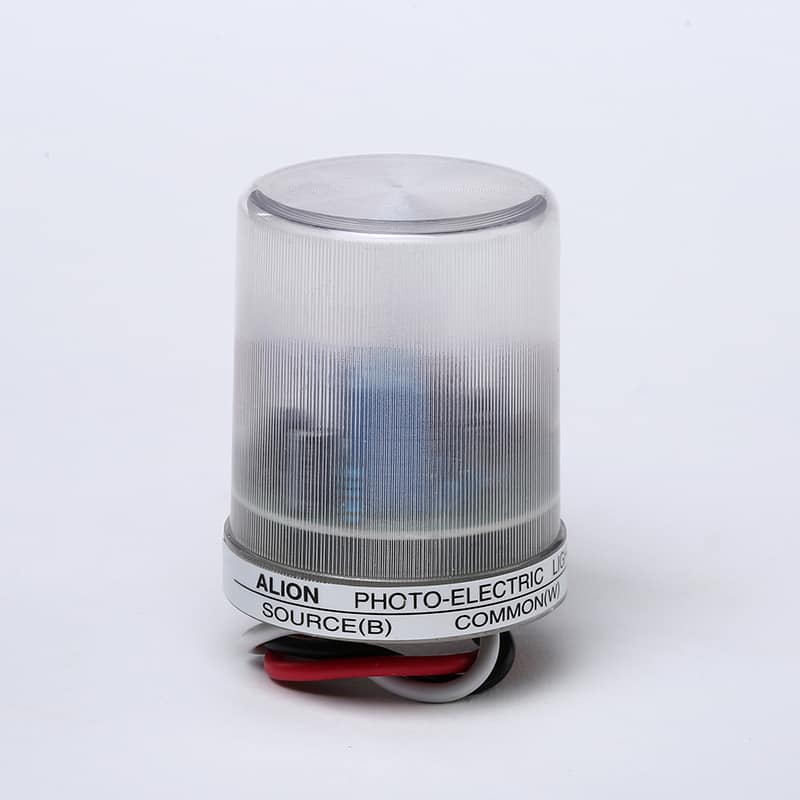
ASO Photoelectric Switch
ASO photoelectric switch lighting control consists of a sealed CDS photocell and a Snap-action bimetallic relay. The unit automatically turns on or off the lighting according to the light intensity changes.
- Electric light control switch
- CDS photocell
- Suitable for street lighting, factories, gardens, ports, airports, farms, parks, any other place which needs to automatically control the lighting.
- Automatically turn on or off the load circuit according to changes in light intensity.
- Delay function can resist interference according to the short-term ambient light intensity changes.
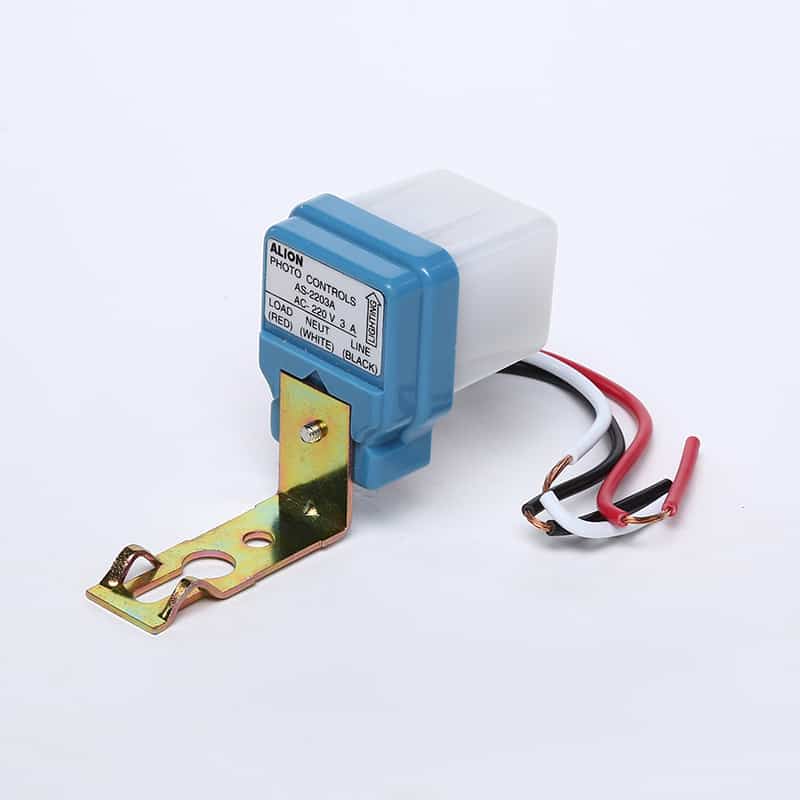
AS Photo Sensor Switch
AS photo sensor switch consists of a sealed CDS photocell and a Snap-action bimetallic relay. The unit automatically turns on or off the lighting according to the light intensity changes.
- Electric light control switch
- CDS photocell
- Suitable for street lighting, factories, gardens, ports, airports, farms, parks, any other place which needs to automatically control the lighting.
- Automatically turn on or off the load circuit according to changes in light intensity.
- Delay function can resist interference according to the short-term ambient light intensity changes.

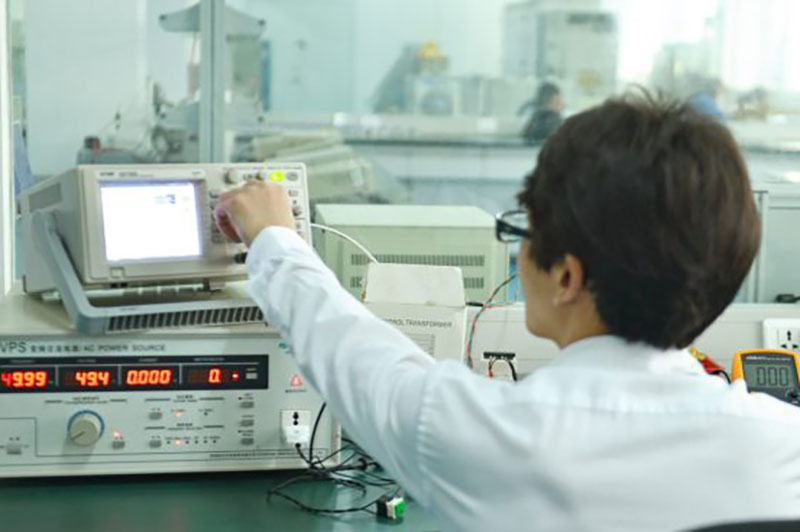
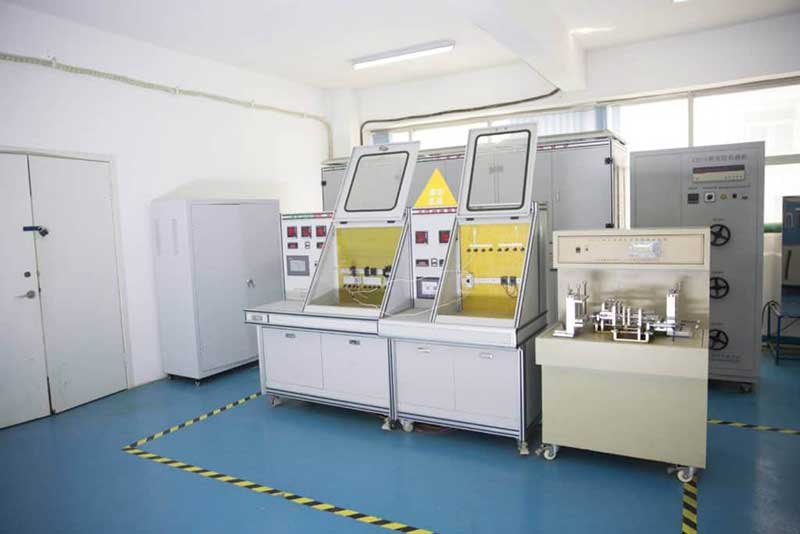
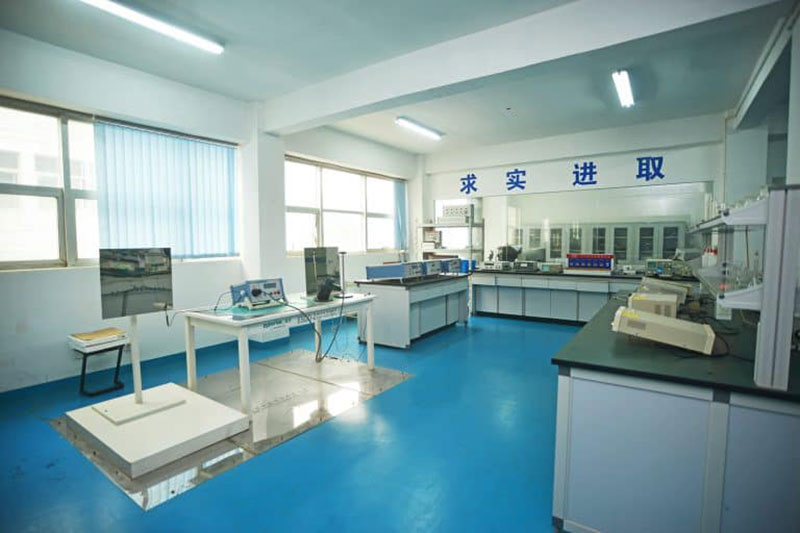
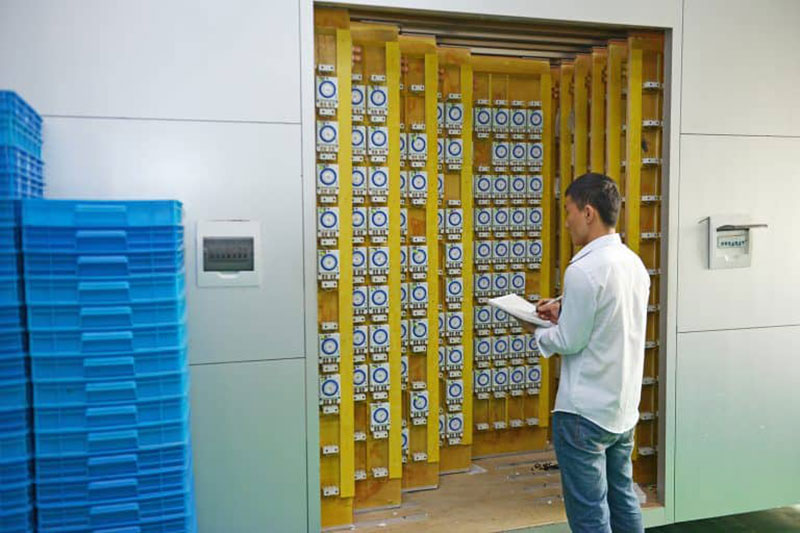
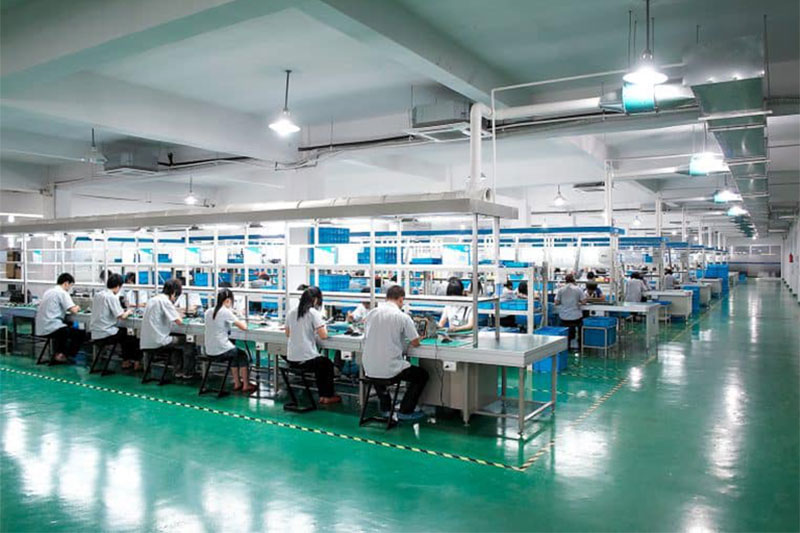
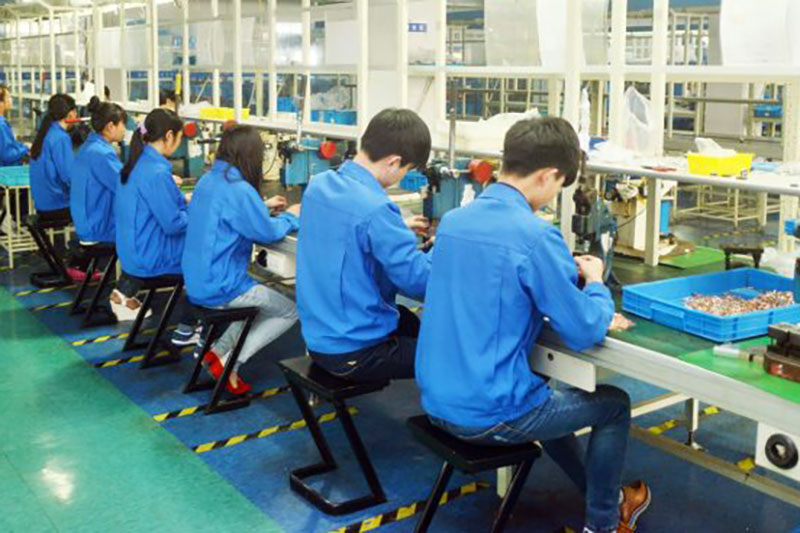



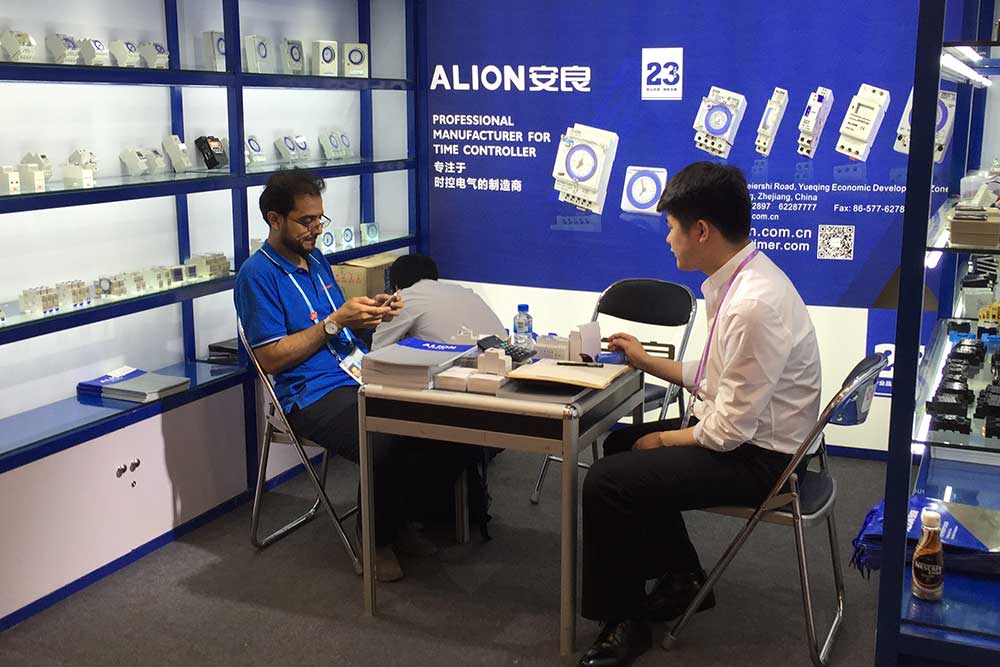
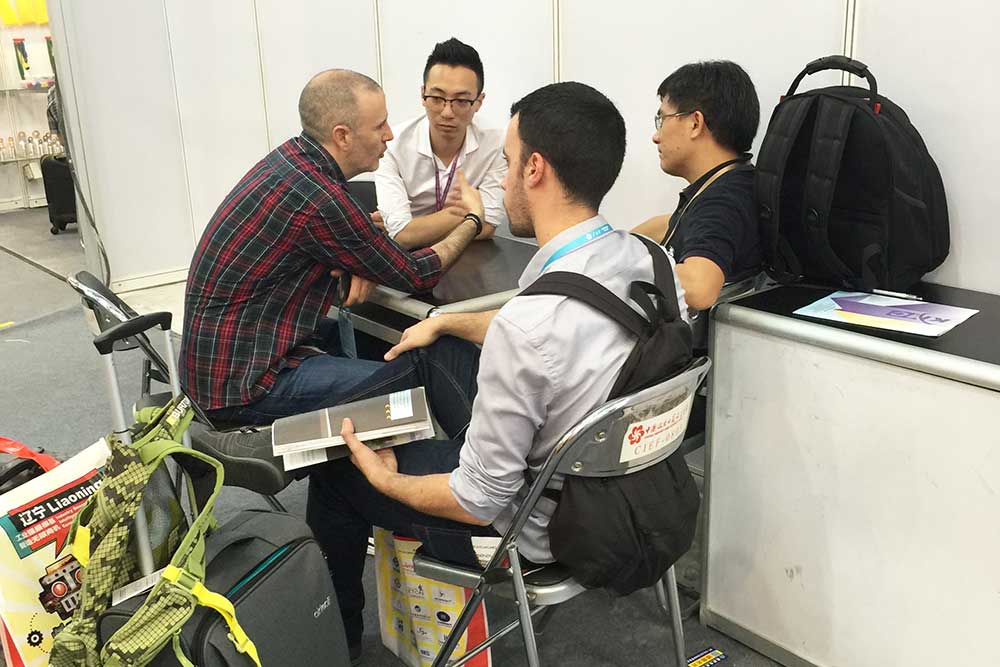
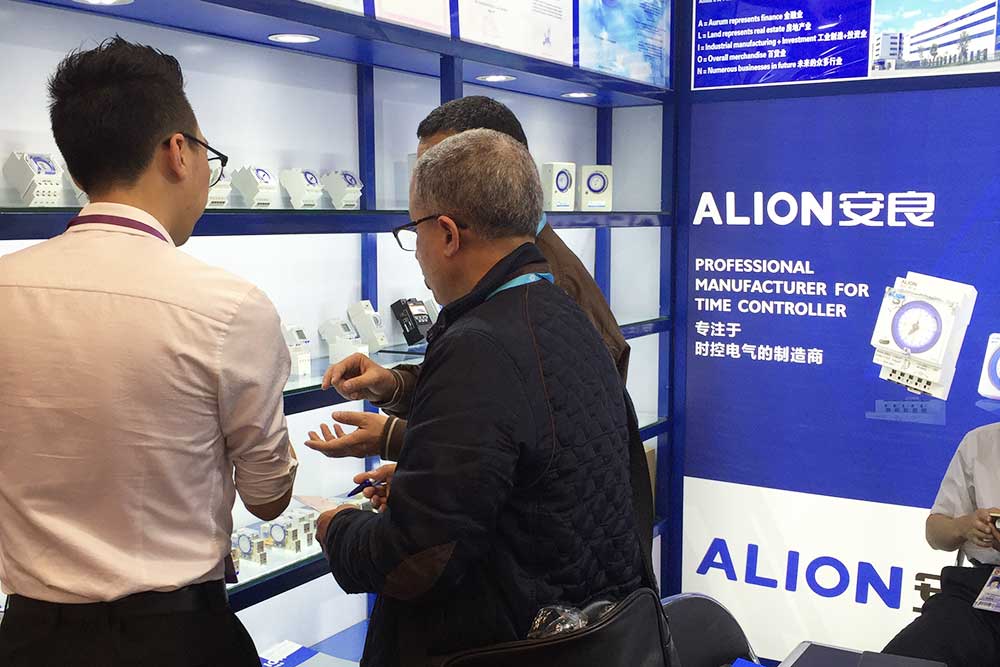
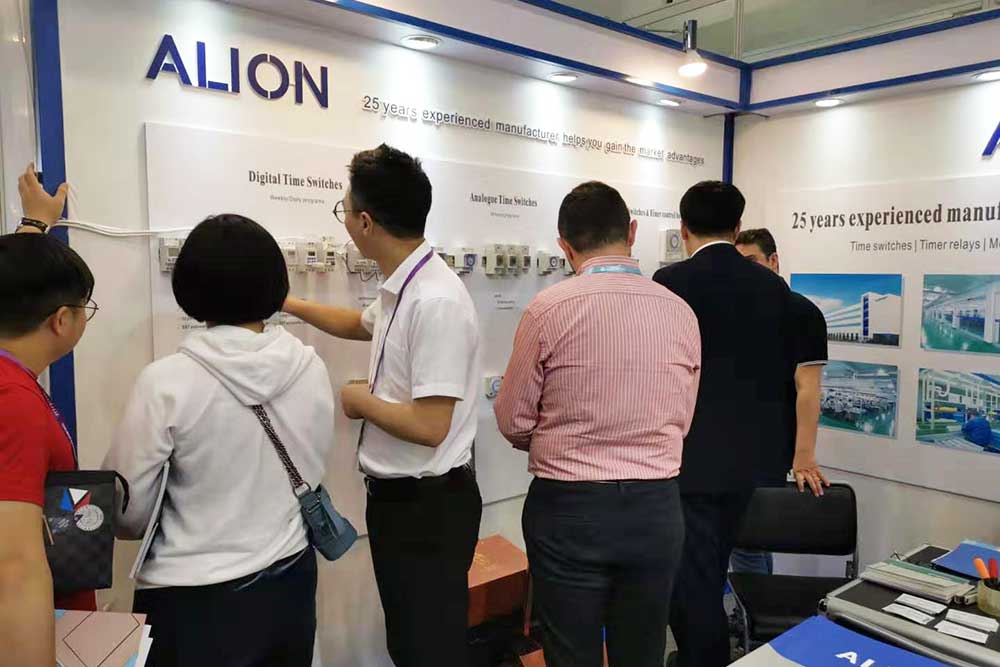

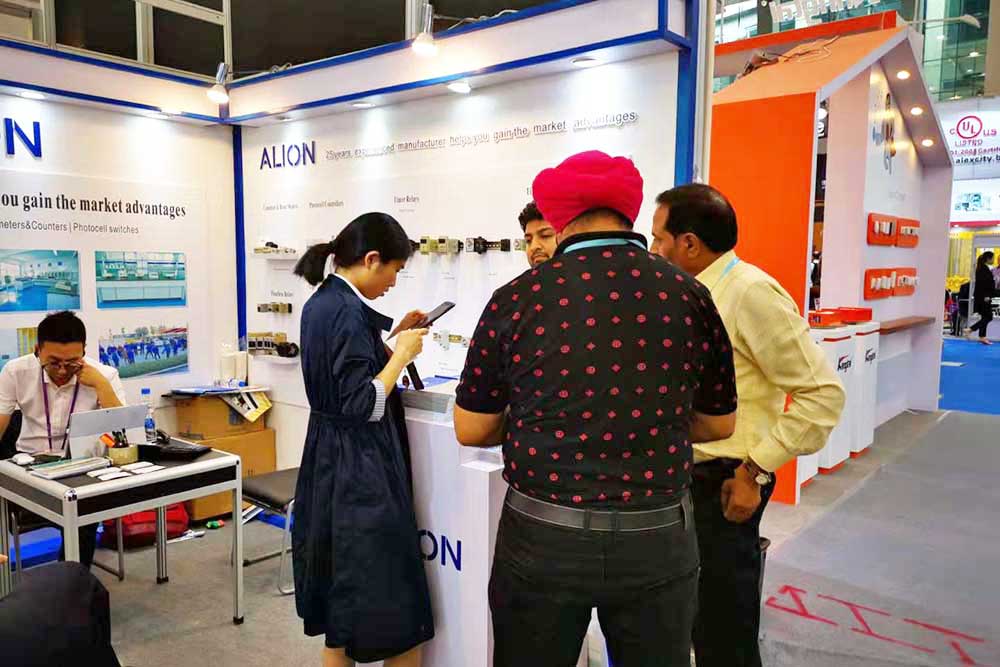
Photocell Switch Manufacturer FAQ
The warranty period is 24 months from the goods leaving our warehouse. In warranty period, all of the defective products can returned to the factory to be repaired or be replaced.
We offer the free sample, you only need to pay the freight. One reference is up to 2 pcs, the total quantity is no more than 6 pcs. You can also place a sample order if you exceed the quantity.
We set up a flexible MOQ to meet your needs.
MOQ is 500units, the packaging will be Laser printing; Labels and manuals put your logo by printers; White innerbox and universal cartons.
MOQ is 1,000units, we will be based on your artworks included the production of labels and inner box.
If need to develop products or improve product performance, the MOQ is 2,000units in the first order. Please submit your requirement to contact us.
This depends on the products. The standard time products are delivered within 5-20 days. The delivery time of the special products is according to the time of completing the products.
Our standard payment term is 30% T/T deposit, 70% balance Before the shipment.
Yes, we’re excited to help inspectors to complete the inspection work.
Request Your Free Photocell Switch Quotation Now
Contact us for design assistance, free quote, and expert advice today.
Your inquiry will be replied to within 12 working hours, and we respect your privacy.
We'll reply you in 24 hours
Photocell Switch - Definitive Guide
Have you ever wondered how exactly street lights know when to turn on? They are never too early or too late, they will only shine when the sun goes down and the sky turns black. Of course, they are not operated manually. But they certainly can’t work on the timer, because their daily switching times are slightly different? The answer is photocells, also known as dusk-to-dawn sensors.
1. What is a photocell switch?
The phototube switch is essentially a light-dependent resistor, referred to as LDR. Its resistance decreases as the incident light intensity increases. They are used to turn on exterior lights at sunset and turn off exterior lights at dawn. Because they can perceive the surrounding light levels, photovoltaic cells can automatically adjust to seasonal changes in the day and night cycle, regardless of the influence of daylight saving time.
When you are not at home, the photoelectric cell that controls the external lights and the timer that turns on the internal device will create an illusion of occupancy, which can deter intruders.
Other uses of photocells include turning on parking lots or street lights after dark, adjusting indoor dimmers to compensate for changes in natural light levels, or turning on or off illuminated commercial signs. Photocells control the entire circuit, which is an ideal way to manage safety lighting or landscape lighting.
2. Photo sensor switch: how it works
Using a photocell working on the principle of light-dependent resistance, when the light intensity is low (dark), the resistance value of the LDR will decrease, when the light intensity is about 500 ohms, the resistance value of the LDR will decrease because the resistance value (resistance) on the LDR changes Small, causing current to flow, when the lamp is turned on, and then when exposed to large light intensity (bright), the resistance value will increase. When the dark light irradiates the resistance value of about 200 kiloohms, the resistance value (resistance) on the LDR becomes larger (increase), which causes the voltage of the lamp to be blocked (cannot flow) and the lamp is turned off.
3. How to Wire the photocell Switch
The photocell used for lighting has three terminals, marked as follows:
- Load line (Lo)
- Neutral line (N)
- Power supply or live line (LI)
In most photovoltaic cells, the load wire is red, the neutral wire is white, and the power wire is black. This colour-coding is not universal. Change to other brands of photocells may change. The picture of a certain brand of photocell terminal is as follows:
The wiring and installation of the photocell are very simple, as shown in the figure below:
As shown above, the load wire (Lo) is connected in series to the lighting device, and the neutral wire (N) is connected to all lights through a circuit breaker. The photocell is powered by the power supply line of the circuit breaker.
4. How to install a photocell sensor for outdoor lighting
The following steps will guide you to install the photocell sensor. This project requires some electrical work, so if you feel unsure or safe to perform these tasks, you should contact an electrician to install the photocell for you.
Turn off the circuit breaker of the outdoor light. If you don’t know which switch is supplying power to your lights, turn off all the switches in the building to ensure that the power has been cut off. Turn on the outdoor light switch, check again whether the power is off, and make sure it is not turned on.
Remove the housing containing the external light source. You may want to use photos to record how it was broken down so you can easily reassemble it.
The photocell should have two black wires. Those black wires need to be connected to the black wires that connect the lamps to the main power supply of the building. Disconnect the black wire from the house to the light fixture.
Connect a black wire from the photocell to the black wire from the building. Be sure to tighten the bare copper wire to make the connection tight.
Connect the second black wire on the photocell with the black wire on the lamp, making sure that the copper wires are completely twisted together.
Cover your new connection with an electric cap. Make sure that the cover is tightly wound on the wire.
Use electrical tape to fully glue your connection. Copper wires should not be exposed.
To test the photocell, turn on the power again at the circuit breaker. Make sure that the light switch is on. Cover the photocell with your hand-when the photocell is closed, the light turns on, indicating that the photocell is working properly.
Put your lamps back together to complete the installation of the photocell.
5. Troubleshooting Guide for Photocell Sensor
Outdoor lighting enhances the appearance of the residence, acting as a guide, guiding visitors down the path. Many lighting systems use photocell sensors to automatically activate the lighting, but photocells sometimes fail and require simple troubleshooting procedures.
Function
The photocell sensor is an electronic component, usually, a resistor used to detect the level of light. When the sun goes down, the photocell feels the light gradually diminishes. As the light is reduced, the photocell activates the lighting system.
Precautions
A common problem that affects the function of the photocell is incorrect or loose wiring between the photocell and the main circuit of the lighting system. The wires connecting the photovoltaic cell to the lighting circuit need to have a strong solder connection. In addition, the system needs to have proper power. Securing all power connections should be a priority.
Over time, small cracks will appear in the assembly of the photovoltaic cell. These cracks can cause intermittent lighting, or even no light activation at all. Check the photoelectric tube for distortion. If it breaks, replacement is the only option.
6. What is the difference between a photocell and a motion sensor?
Photocells and motion sensors are electronic devices that can be used to manage indoor or outdoor lighting. These sensors improve the safety and security of your home, turning on the lights automatically when it’s dark, or they detect movement. When extra light is unnecessary, it will also be automatically turned off to save energy. Explore the differences between photocells and motion sensors, and find out how these products, as well as dimmers and other controls, can enhance your home lighting system.
The Science of Photovoltaics
There are several types of photovoltaic cells available, but they all use the same basic technology, namely semiconductors, to control current. Under normal circumstances, semiconductors do not conduct electricity, but when they are exposed to enough light, the current starts to flow. There are some products that include an adjustable photocell, so you can select the amount of light to activate the semiconductor.
Photocell function: from dusk to dawn
One of the most common uses of photocells is to turn on external lights at sunset and turn off external lights at dawn. Because they can perceive the surrounding light levels, photovoltaic cells can automatically adjust to seasonal changes in the day and night cycle, regardless of the influence of daylight saving time. When you are not at home, the photoelectric cell that controls the external lights and the timer that turns on the internal device will create an illusion of occupancy, which can deter intruders. Other uses of photocells include turning on parking lots or street lights after dark, adjusting indoor dimmers to compensate for changes in natural light levels, or turning on or off illuminated commercial signs.
Type of photovoltaic cell
There are various photocells available today.
The plug-in photocell uses a standard wall socket and controls a straight-through plug. They are a convenient way to turn on or off a single table lamp or floor lamp.
The photocell of the lamp or candle holder base is screwed into the bulb socket, and almost any lamp or permanent fixture can be turned into an automatic lighting system. You need to install one of these devices on each socket to work properly.
The entire circuit can be controlled by wired, line-voltage photovoltaic cells, which is a great option for controlling landscape lighting or security lighting.
Motion sensor in action
The main difference between a photocell and a motion sensor is that the former can detect changing light levels, while the latter can react to physical movements. There are two types of motion detectors. The active model emits light, radio or ultrasound. The movement of the detection area changes the reflected signal and activates the sensor. Some of these devices can even sense movement in corners. Passive motion sensors detect infrared energy emitted by warm objects such as animals or people. When these warm spots move, it triggers the sensor and any connected circuits.
For enhanced coverage and to reduce false positives, most motion sensors use multiple detection methods. Equipment designed for outdoor use usually includes a photovoltaic function that can shut down the system during the day, thereby saving energy. An adjustable timer built into some sensors allows you to control how long additional lights stay active after detecting motion.
The function of the detector
When the motion sensor detects motion in the coverage area, it usually turns on the outdoor lights. Furthermore, the sensor turns off lights in empty offices in commercial buildings, making them energy-efficient. Many of these products have adjustable sensing areas that allow you to cover specific locations, such as driveways or sidewalks, without being affected by the movement of branches or nearby streets.
Motion sensor type
Most motion sensors designed for outdoor lighting management are directly connected to a 120-volt circuit and control multiple fixtures. Security system sensors are usually battery-powered and send alarms to the base station wirelessly. Almost anywhere can be lit with some motion sensors that are independent.
Good ideas for lighting applications
The difference between photocells and motion sensors provides many control options for indoor and outdoor lighting systems. Use a combination photocell and motion sensor to activate the security lights around your home, but only after dark.
If you walk the dog or take out the trash at night, install an outdoor light and motion sensor on the sidewalk or garden path. Use photocells to ensure that the decorative lamps stay on after dark.
Combine a lamp, a plug-in photocell, and a traditional light switch to create an automatic light that can only be turned on when needed. Use motion sensors and integrated lights to provide hands-free staircase lighting.
The motion sensor and photocell switch the power supply according to the changing light level or the detected motion. They are compatible with many different types of lamps and some are compatible with safety systems. Through these flexible controls, you can save energy and enhance the appearance and safety of your home.

